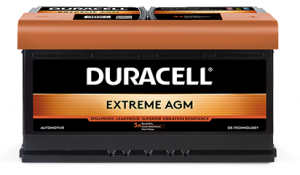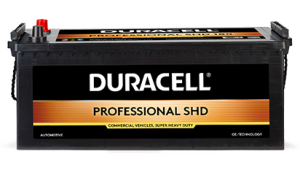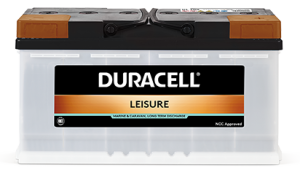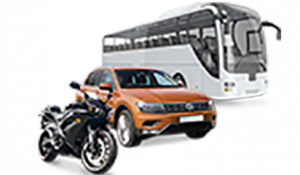
THE 5 MOST FREQUENTLY ASKED QUESTIONS
AND THEIR ANSWERS
In view of the sensitive electronic components in the vehicle, as a rule starting assistance should only be provided by using a starting assist device.
- Starting assistance from vehicle to vehicle can lead to voltage peaks during disconnection, which can damage or even destroy vehicle electronic systems.
- Therefore, it is essential that the following procedure be strictly observed when using starter cables!
- Standardised starter cables (e.g. in accordance with DIN 72 553) should always be used for giving starting assistance.
- Observe the instructions for use of the starter cables.
- Only connect batteries with the same nominal voltage.
- When connecting the terminals, both vehicle engines must be switched off!
- First connect the two positive terminals 1 with 2. Then connect the negative terminal of the assisting vehicle 3 with 4, the blank metallic point on the vehicle needing assistance, away from the battery. (Observe the instructions of the vehicle manufacturer.)
- Now start the vehicle needing assistance for a maximum of 15 seconds. Do not start the assisting vehicle.
- When disconnecting the terminals, remove the cables in the reverse sequence to the above.

Do not jump-start an electric car!
For technical reasons, the jump-start points of electric cars, if available at all, are not designed to jump-start other vehicles. In this case, it is better to seek the help of a breakdown service. Conversely, however, an internal combustion engine may properly jump-start an electric car.
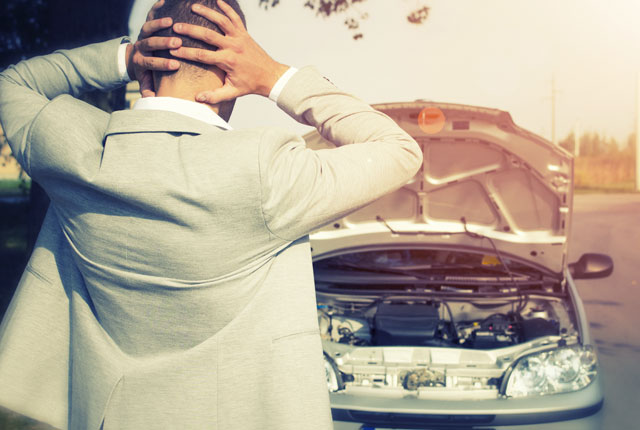
Jump starting by pushing the car
- Open the driver's window in the car to talk to the people helping.
- Ignition on: Turn ignition key to activate ignition (do not start).
- Driver gives command to push car.
- Driver steps on the clutch, engages second gear (enables smoother starting than with first gear) and remains on the depressed clutch pedal.
- The driver slowly releases the clutch at about 10 km/h and accelerates.
- The pusher continues until the engine starts.
- Everything has worked, the engine starts due to the momentum and you can drive off.
- If the battery is discharged, charging with an external charger is recommended. A few kilometres on the motorway are not enough to fully charge the battery. If you suspect that the starter motor is defective, please visit your trusted specialist workshop at short notice.
Which car can be pushed?
- In principle, any car with a combustion engine, with a manual gearbox and without a catalytic converter.
- Do NOT start all other cars with a catalytic converter or automatic transmission!
In cars with a catalytic converter, unburnt fuel can get into the catalytic converter and cause damage. With automatic transmissions, the torque converter only works when the engine is running, pushing is only possible to move the car from the spot, but not for starting the engine.
- Do NOT push electric cars!
This cannot work, there is no mechanical clutch!

Duracell recommends using only batteries with an open-circuit voltage > 12.50V.
- Before fitting or removing the battery, switch off the engine and all power users.
- Avoid short circuits due to tools.
- When removing the battery, first disconnect the negative (-) terminal and then the positive (+) terminal.
- Prior to fitting the battery, clean the battery compartment.
- Ensure that the battery is secured tightly.
- Clean terminals and battery clips and lubricate lightly with acid-free grease.
- When fitting the battery, first connect the positive (+) terminal and then the negative (-) terminal. Ensure that the clips are secured.
Warning! Always follow the instructions (operating or maintenance) of the vehicle manufacturer!


